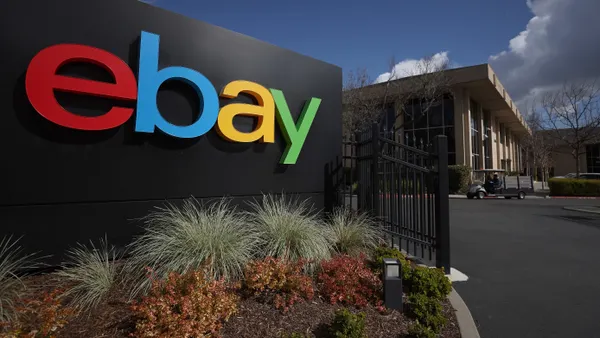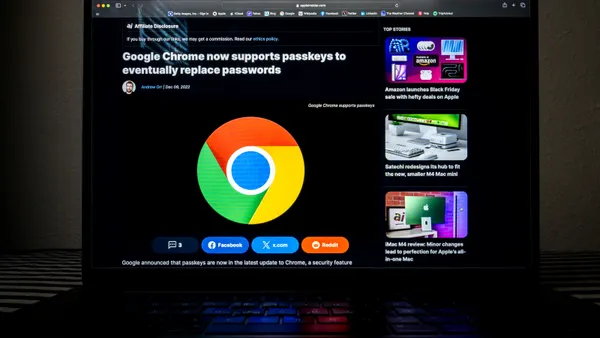Dive Brief:
-
The Salesforce AppExchange is now offering an integration with Helpshift, which allows business enterprises, including retailers and related brands, to offer in-app customer support features to mobile customers, according to a press release.
-
The integration means service agents can deliver in-app support to app users from their Salesforce Service Cloud Dashboard. When a customer contacts support from inside the Helpshift-enabled app, a Salesforce case is created that the agent responds to, creating an in-app conversation. Customers also receive notifications.
-
“As mobile becomes the primary medium customers use to connect with brands, the ability to provide customer support through all touch points is vital to creating deeper engagement and brand loyalty,” Abinash Tripathy, founder and CEO at Helpshift, said in a statement. “The enterprise no longer has to choose between uprooting their entire customer support structure and meeting customers where they spend most of their time — on mobile devices."
Dive Insight:
The retail sector is in the midst of its second go around with mobile apps. The first generation of retail mobile apps largely were deemed inadequate for many reasons — design, functionality and purchasing processes with too much friction. But, customer support features, or the lack thereof, also were a big part of the problem, and mobile customers likely want to see more consistency in how they can communicate with support staff and resources.
While Helpshift is not focusing only on retail, it does have customers from the sector, such as flea market app Wallapop. That Spanish marketplace company provides one example of the types of challenges Helpshift can help resolve for retailers, and possibly save customer relationships in the process.
A Wallapop case study on Helpshift's web site states in part, "In 2014, the company [Wallapop] relied on e-mail for customer inquiries with a support staff of three, sharing the same single Gmail inbox. As Wallapop’s customer service manager Sonia Ferron told Helpshift, this made it 'quite difficult to organize [inquiries] into types of problems,' amongst other issues. As the company grew and the volume of inquires expanded, this support solution became too slow and unwieldy." Since using Helpshift, customer trouble tickets have dropped by 21%, Wallapop said.
Now, Helpshift is bringing capabilities like in-app messaging to existing Salesforce customers, who will be able to provide better support to their own mobile customers where it matters most — in the app itself. Other Helpshift capabilities include an FAQs feature that is optimized for the native mobile app experience, and that also leverages the Salesforce Knowledge Base for automatic synchronization and updating.
Another direct benefit of the integration is that support cases are directly created in the Salesforce Service Cloud when a Helpshift customer initiates a conversation, so no moving between Salesforce and Helpshift is required. In addition, customer data and metadata from Helpshift is available to Salesforce agents as part of the case in the Salesforce Service Cloud.
Mobile may still be a challenge for retailers because customers aren't 100% convinced they aren't leaving something behind when they interface with a retailer on mobile. In-app customer support could help change that perception.













